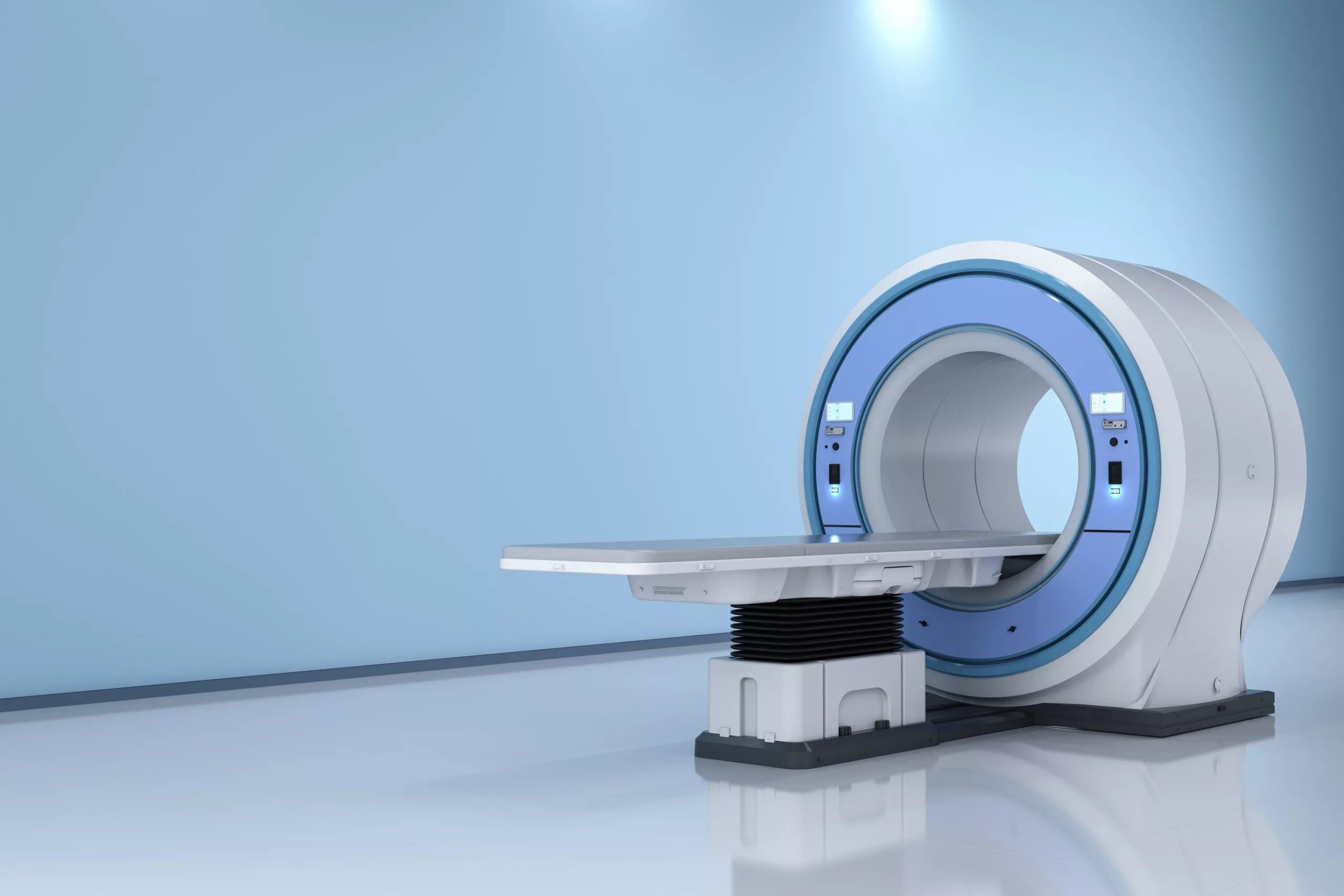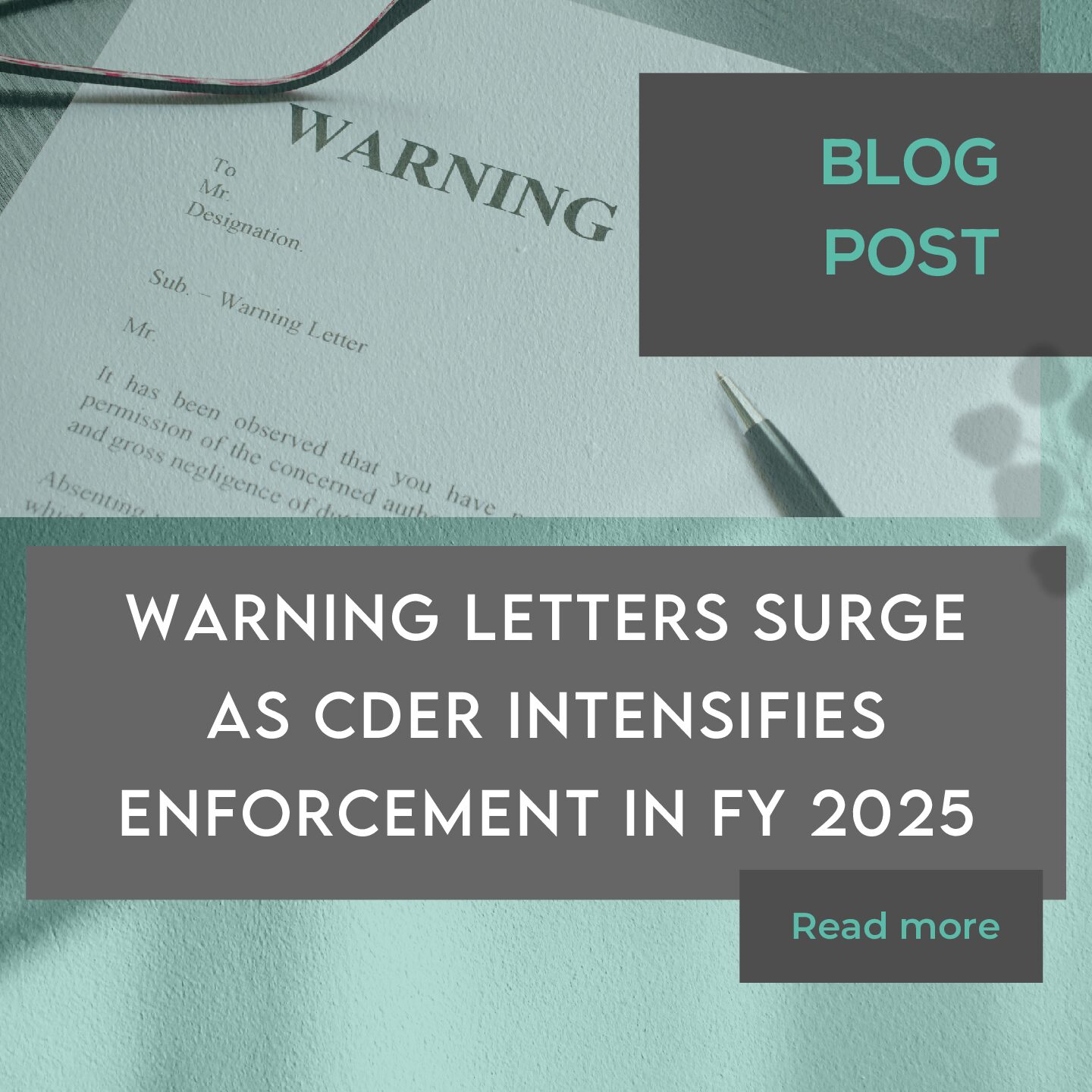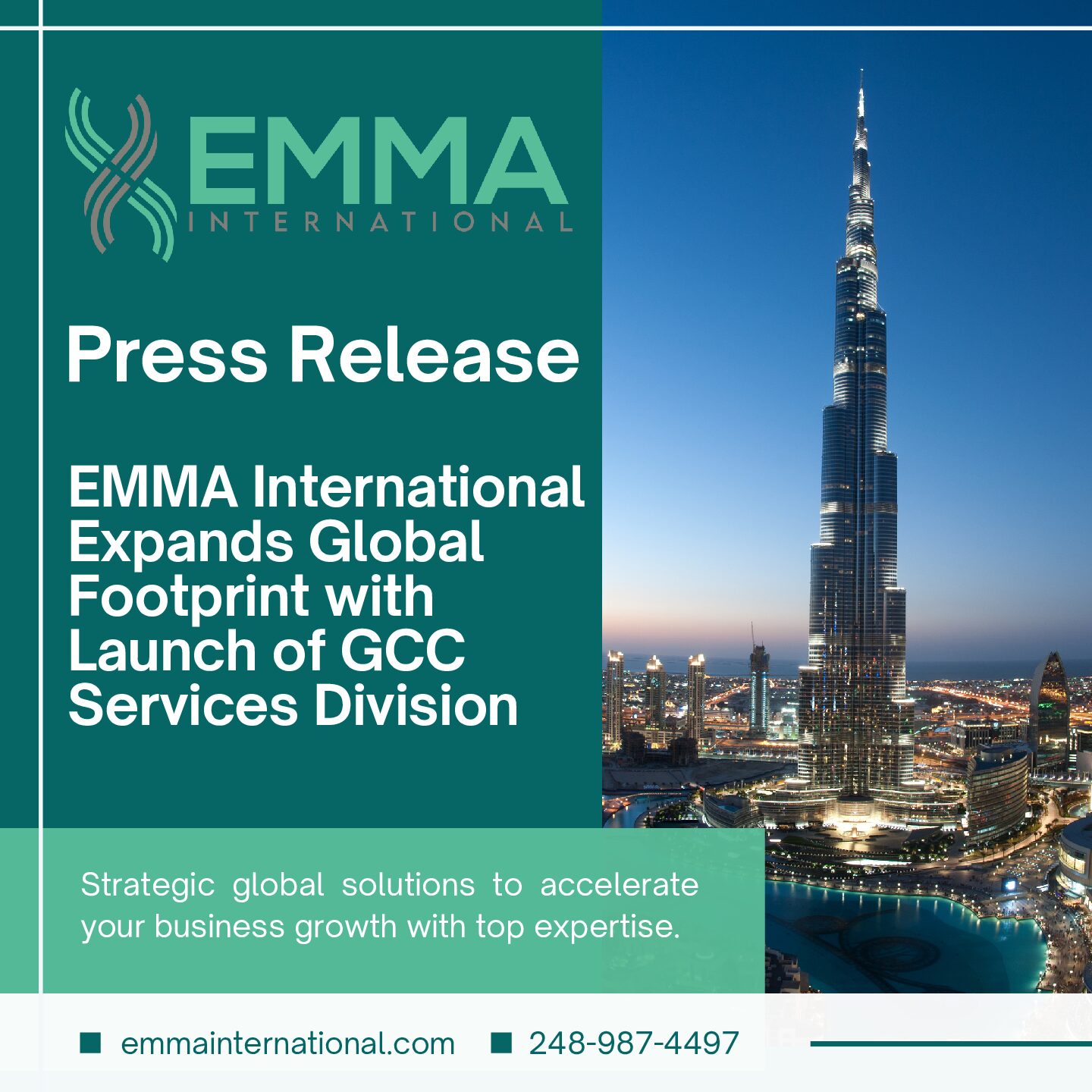This week the FDA revised its guidance for magnetic resonance (MR) devices. These updates span two different guidance documents, one for the testing/labeling of medical devices for safety in an MR environment, and the other for premarket notifications for magnetic resonance diagnostic devices (MRDDs). Both guidance documents have gone at least a couple years since being updated, so this year’s updates are critical to bring them into harmonization with updated international standards, specifically the 4th edition of IEC 60601-2-33 Medical electrical equipment.
The most substantial updates are to the MRDD guidance because of the change in IEC 60601-2-33. The updated standard redefined the main magnetic field hazard area, which is essentially the space around the MR equipment that is the most dangerous to patients and users. Another critical change is related to the amount of documentation required for the software used in MRDDs. In the original guidance, the FDA stated that it had a “moderate” level of concern about the software used in these types of devices, so the burden of proof for them was set accordingly. In this latest guidance, the FDA completely removes that line and now just advises submitting a “basic documentation level”. Also related to the software, the FDA references predetermined change control plans, which is the vehicle by which manufacturers may make certain changes to the design of the device without submitting a 510(k).
On the other hand, the guidance for testing/labeling of medical devices in an MR environment has undergone only basic changes. Namely, the FDA has updated its definition of the “MR environment” and reduces a section about assessing risks posed by metallic devices with a simple line stating that manufacturers may need to experiment to determine worst-case scenarios. An example of this would be to do bench testing of how a MR device may impact a pacemaker, where the manufacturer will need to assess the magnetically induced torque which could harm the patient.
MR devices, and their impact on patients, healthcare professionals, and even other medical devices, is a complex ecosystem. Due to the complicated nature of MR, and the complicated physics of determining its effects and thereby potential harm, the FDA is always striving to ensure that its regulation of these devices is in alignment with international standards.
If you need support with your premarket submission for your MR devices, EMMA International can help! Call us at 248-987-4497 or email info@emmainternational.com today to learn more!





